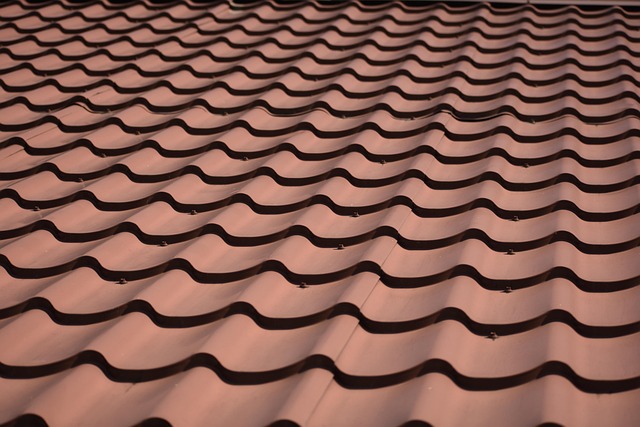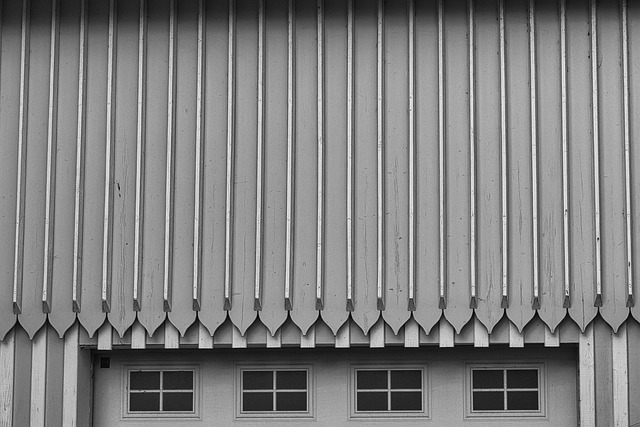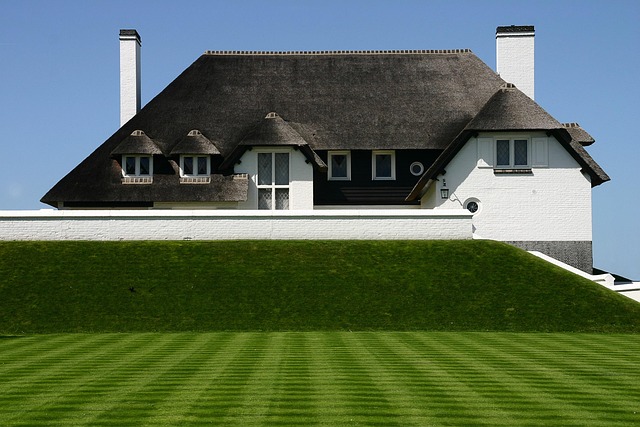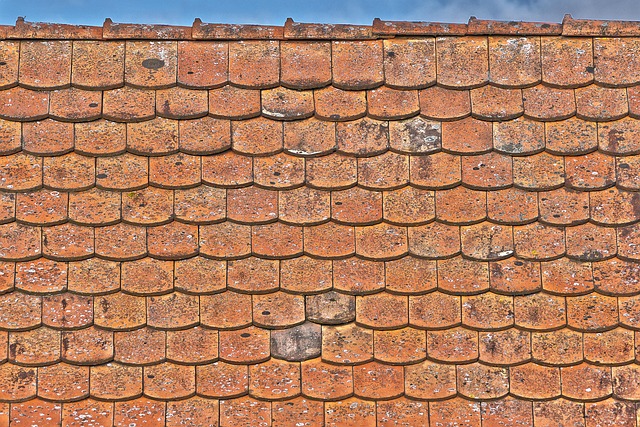Commercial roofs face unique challenges due to their size, weather exposure, and load-bearing demands, making regular maintenance crucial. Key issues include moisture penetration, lack of insulation/ventilation, extreme temperatures, and heavy machinery weight. Traditional materials often fail, requiring frequent repairs or replacements. Liquid-applied roof coatings like silicone offer superior protection, extending roof life, improving energy efficiency, and reducing costs over time. Polyurethane and silicone coatings provide tailored solutions, with polyurethane excelling in adhesion and flexibility, while silicone offers superior weather resistance. Installation requires meticulous cleaning, repairs, primer application, and precise coating distribution to ensure optimal performance under specific conditions. High-quality liquid-applied coatings withstand harsh weather, UV exposure, and extreme temperatures, extending roof life through easier maintenance and prompt repairs.
Commercial roofs face unique challenges, from extreme weather to heavy traffic. To extend their lifespan and mitigate repair costs, liquid-applied roof coatings offer a innovative solution. This comprehensive guide explores these advanced coatings, highlighting their key benefits, types, installation best practices, and the longevity they provide. Discover how adopting liquid roof coatings can revolutionize commercial roofing maintenance and protect your investment for years to come.
- Understanding Commercial Roof Challenges
- Introduction to Liquid-Applied Roof Coatings
- Key Benefits of Using Roof Coatings
- Types of Liquid Roof Coatings and Their Applications
- Installation Process and Best Practices
- Longevity and Maintenance: Measuring Success
Understanding Commercial Roof Challenges

Commercial roofs face unique challenges due to their extensive size, exposure to varying weather conditions, and heavy load-bearing requirements. Regular maintenance and protective solutions are essential to mitigate these issues and ensure structural integrity over time. One of the primary concerns is moisture penetration, as commercial buildings often lack the insulation and ventilation found in residential structures. This can lead to costly water damage, especially when combined with extreme temperatures, causing roofs to expand and contract.
Additionally, commercial roofs often support substantial weight, from heavy machinery to extensive HVAC systems. These loads require robust materials that can withstand constant pressure without compromising strength or flexibility. Over time, traditional roofing materials may crack, leak, or lose their effectiveness against harsh environmental factors, necessitating frequent repairs or replacements. That’s where liquid-applied roof coatings, such as silicone coatings and advanced roof coating systems, prove invaluable. These innovative solutions offer superior protection, extending the life of commercial roofs while enhancing energy efficiency.
Introduction to Liquid-Applied Roof Coatings

Liquid-applied roof coatings have emerged as a game-changer in the commercial roofing industry. These innovative systems offer an advanced solution for extending the lifespan of roofs, providing superior protection against various environmental factors. Unlike traditional coatings, liquid-applied options are flexible and conform to the roof’s surface, creating a seamless barrier that prevents water intrusion and minimizes damage caused by extreme temperatures.
With their high-performance properties, these coatings act as a protective layer, serving as both a sealant and a barrier against ultraviolet rays, chemicals, and other potential hazards. The application process is typically quick and efficient, often involving fewer material requirements compared to traditional methods. This not only reduces installation time but also minimizes waste, making it an eco-friendly choice for modern commercial roofing projects. Whether it’s a silicone coating or another advanced formula, these roof coating systems are designed to provide long-lasting protection, ensuring the structural integrity of buildings for years to come.
Key Benefits of Using Roof Coatings

Roof coatings offer a multitude of benefits for commercial roofing, making them an essential consideration for property managers and facility maintenance teams. One of the primary advantages is their ability to extend the life of the roof, which can significantly reduce replacement costs over time. By creating a protective barrier against harsh weather conditions, UV rays, and moisture, these coatings prevent damage and delay the need for costly repairs or full replacements.
Additionally, roof sealant and coating systems enhance energy efficiency by reflecting sunlight and reducing heat absorption. This is particularly beneficial in regions with extreme climates, leading to lower cooling costs for buildings. Silicone coatings, for instance, are known for their superior insulation properties and ability to maintain a consistent temperature inside the structure, contributing to overall sustainability and reduced environmental impact.
Types of Liquid Roof Coatings and Their Applications

Liquid roof coatings come in various types, each designed for specific applications and offering unique benefits. One common category is polyurethane coatings, known for their excellent adhesion and ability to provide a flexible barrier against moisture penetration. These are versatile and suitable for both new and existing commercial roofs, extending their lifespan significantly.
Another popular choice is silicone coating, renowned for its superior weather resistance and long-term performance. Silicone roof coatings form a durable, water-repellent surface that protects against extreme temperatures, UV rays, and other environmental factors. They are ideal for flat or low-sloped roofs in regions with harsh climates, ensuring prolonged protection and reduced maintenance needs. Additionally, roof sealant applications can enhance the effectiveness of these coatings, filling minor cracks and gaps to prevent leaks and further damage.
Installation Process and Best Practices

The installation process for liquid-applied roof coatings is both precise and intricate, requiring careful preparation to ensure optimal performance. It typically begins with thorough cleaning of the existing roof surface to remove debris, oils, and other contaminants that could impede adhesion. After cleaning, any repairs or patches needed are addressed before applying a primer to enhance bond strength. This is followed by the careful application of the liquid coating using specialized equipment like sprayers or rollers, ensuring even distribution and minimal waste.
Best practices for installing roof coatings include maintaining proper temperature and humidity levels during application, as these factors significantly impact curing. Adequate ventilation is also crucial to prevent buildup of volatile organic compounds (VOCs). Proper training for applicators and adherence to manufacturer guidelines are essential to ensure the long-lasting protection offered by these advanced roof coating systems, whether it’s a silicone coating, roof sealant, or other innovative formulations.
Longevity and Maintenance: Measuring Success

The true measure of a roof coating’s success lies not just in its initial application but in the extended lifespan it brings to commercial roofs. Longevity is a key factor, with top-quality liquid-applied coatings designed to withstand harsh weather conditions, UV exposure, and the constant foot traffic common in industrial settings. Regular maintenance becomes more manageable when a robust roof coating system is in place, allowing for easier repairs and reductions in costly replacements.
Silicone coatings, for instance, offer superior flexibility and resistance to extreme temperatures, making them ideal for diverse climates. As these coatings cure, they form a seamless, waterproof barrier that prevents leaks and moisture damage. Regular inspections coupled with prompt repair of any issues can ensure the roof coating system remains effective, extending the life of the underlying roofing materials by years.
